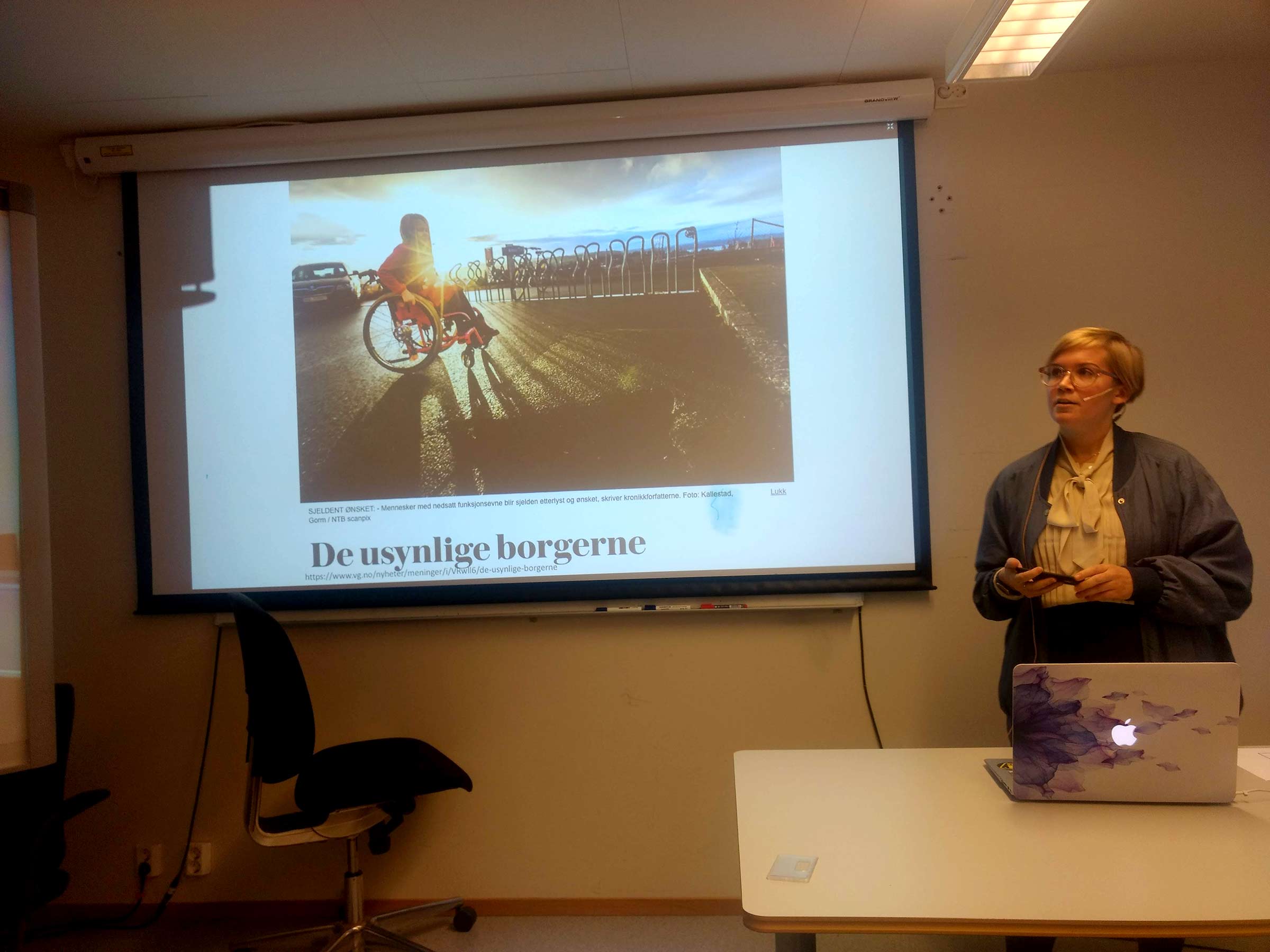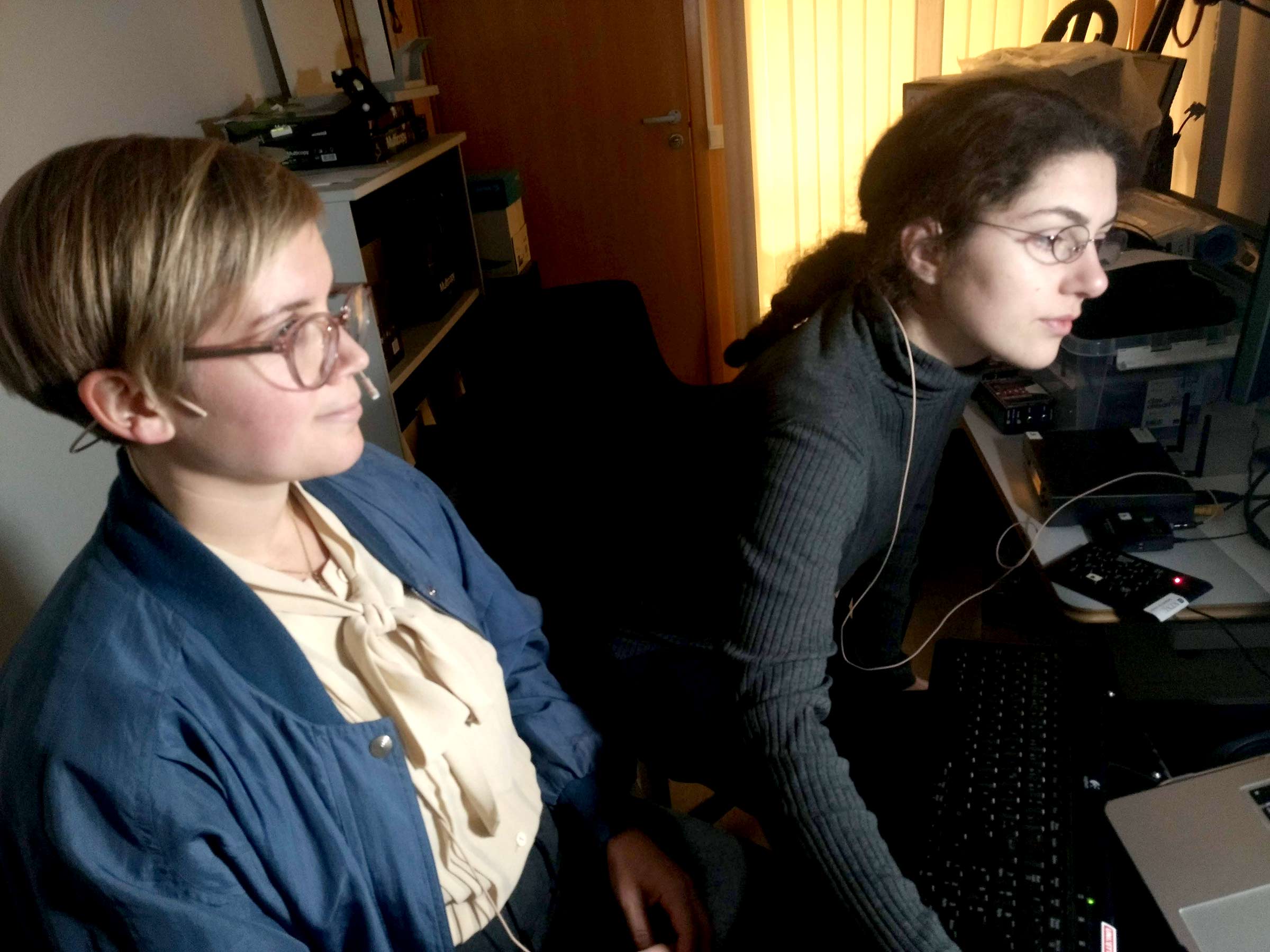An Interview with Miranda Moen
What is your background?
I had an interest in music quite early as a kid. So, I started to play the violin at eight and at some point, also the piano. When I was a teenager, I got really interested in electronic music from listening to the radio, buying CDs and stuff. My engagement with feminism and social justice came later as a grown up.
What brought you to the field of music industry?
When I was a student, I used my spare time volunteering in the student radio station in Bergen, where I got more involved in the organizational side of things. So, I was involved in a radio show, did interviews with artists, and we organized a student music festival where I got valuable experience organizing such events. Later, after doing an exchange semester in Berlin and finishing my BA degree in aesthetic studies, I got an internship in the Norwegian Embassy. And through this internship and my experiences in student organizations, I got my first job in a Norwegian music organization in Berlin Music Export Norway.
Did you have a role model or mentor?
I think someone who is always been there as a role model is the artist Björk. My mother is a big fan of hers as well, so I was listening to her music from an early age. Björk is important to me both as an innovative, experimental pop artist and producer, a political-environmental activist, and in that she uses her voice and power to stand up for other women. And I soon got to realize when I started to work within the music industry in Berlin, that it basically involves some powerful women with radiant strength. Their strength was empowering and inspiring to me as well.

Could you introduce more closely your piece of work/research?
I have decided that my master’s thesis, “Discourses of disability, inclusion and diversity in the Norwegian arts sector” should have to do with disability, so I applied for various master’s programs and enrolled in Equality and Diversity at NTNU. My intention was to get to know and understand disability perspectives more closely, develop into a study on how diversity and inclusion was implemented in the Norwegian arts policy, and getting to know how disability perspectives are positioned within such policy discourses.
What motivated you to do this?
I had a part-time job for two-three years as a personal assistant – working closely with people with different disabilities. I had various experiences that made me realize that it is a group in society that still has a long way to go to being equal and have the same rights as the rest of the society. Disability has also a perspective that is less visible and known by the general public, although 16-18% of Norwegian citizens are people with disabilities. So, I wanted to do my part and engage more in these issues by writing a master’s thesis.
How did you design the study, which research methods did you use?
The master’s program is within a multidisciplinary field, so I can basically design the thesis with various theories and methodologies from cultural studies and the humanities fields. The main data material I use is a policy document. The basic analytical framework is a method for policy analysis, which is based on discourse analysis and discourse theory. Carol Bacchi, an Australian professor in politics developed this method. It is called ‘What’s the problem represented to be’ (WPR). WPR investigates how policy constructs problems and solutions to these problems, and it attempts to locate the various representations of such problems. Besides WPR I am also drawing on perspectives like intersectionality, postcolonialism, disability studies and other perspectives from cultural studies, gender theory and research.
What is the follow up of this study?
I definitely hope that I will be able to do more similar research later. There is a big need for research on equality and diversity in the arts sector in Norway. My thesis is also very useful and important for my other work, as I am an activist and work with equality and diversity in the arts in Norway. For example, in AKKS, KOSO and Balansekunst.

What advice would you give to women interested in pursuing a career in music technology?
I think especially when it comes to developing yourself in the music field, whether it is within performing, production or sound engineering, it can be useful to be wary of who to connect with. For instance, there are different networks and creative collectives for women and different marginalized groups with a ‘safe space’ ideology. These networks are founded by people who themselves have met invisible barriers like negative feedback or various other forms of discrimination. Sadly, a lot of these cases are men who think women are not capable of using music technology, and are used to a closed community of their male peers. But it is important to mention that women, sometimes, similarly think they are less capable of this or that than men, because of the way culture produces norms that make us think that there are certain things which are out of our hands, even today. So, if you have experienced stuff like this yourself, or if you are afraid of getting negative feedback, reach out to the people who can support you and your creativity, and build safe surroundings in your exploration. Everyone, not only women, should not to be afraid of doing something wrong. Experiment, make mistakes and use your voice. You don’t have to be an expert, everyone has to start from somewhere. Try to find the right community and explore your voice.
Do you have anything else to add?
Being a musician or working in creative industries is largely about supporting and encouraging each other. Women being strong together can really help women pursue a career within those parts of the music industry and music scenes that are still a little bit inaccessible to us.
